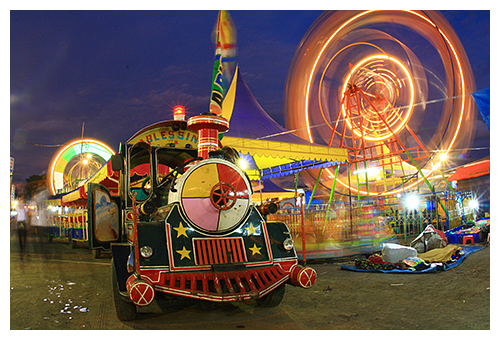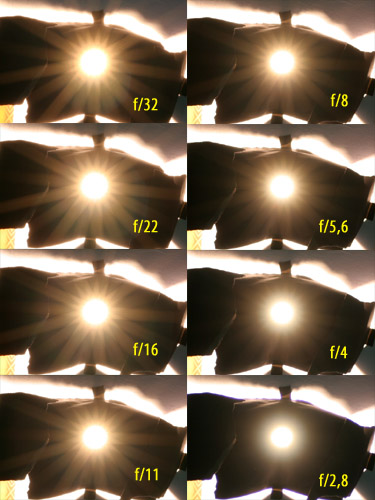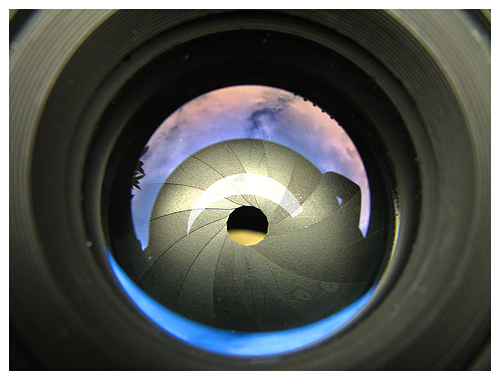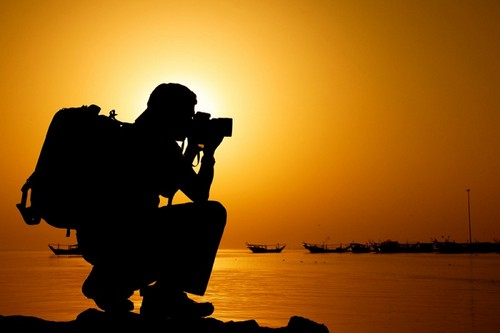
Generally, when people choose a lens, they seldom consider the amount of blades in the lens’ aperture. But in fact, the amount of blades is very very important if your photography interests include photographing elements of light or the sun and love achieving that star effect.
The difference in aperture settings doesn’t only affect the Depth of Field (DOF) alone. In both of the photos below I used the Aperture Priority settings with 200 ISO.
By using a narrow aperture (f/10), the photograph requires more time to absorb light. This results in star-shaped light images in stationary light sources and the light tracks of the rotating Ferris wheel appear long (long exposure).
The use of a wide aperture setting (f/3.5) allows short exposure time, which produces spherical glow in the stationary light sources and short light tracks on the rotating Ferris wheel (freezing).
To achieve a crisp star-effect on your stationary light source when in low lighting conditions (like at night, for example), you’ll most likely need a tripod because the star effect relies on the narrow aperture settings. This means slower shutter speeds in low light conditions, which means a tripod is needed to keep the camera steady for longer periods of time.



I don’t quite understand the scientific and technical explanation of this technique, but if you pay attention to your photographs involving star effects, there’s a direct correlation between the numbers of beams of light in the star effect and the number of blades on your lens.
For lenses with an even number of blades, the star effects will have the same number of beams of light (pointy ends). For example, a 6-bladed lens will produce 6-pointed star-effects.
But this rule doesn’t apply for lenses with odd-numbered blades. The number of points in the star effect is twice the amount of blades in the lens. So a 5-bladed lens will produce a 10-point star effect.

















